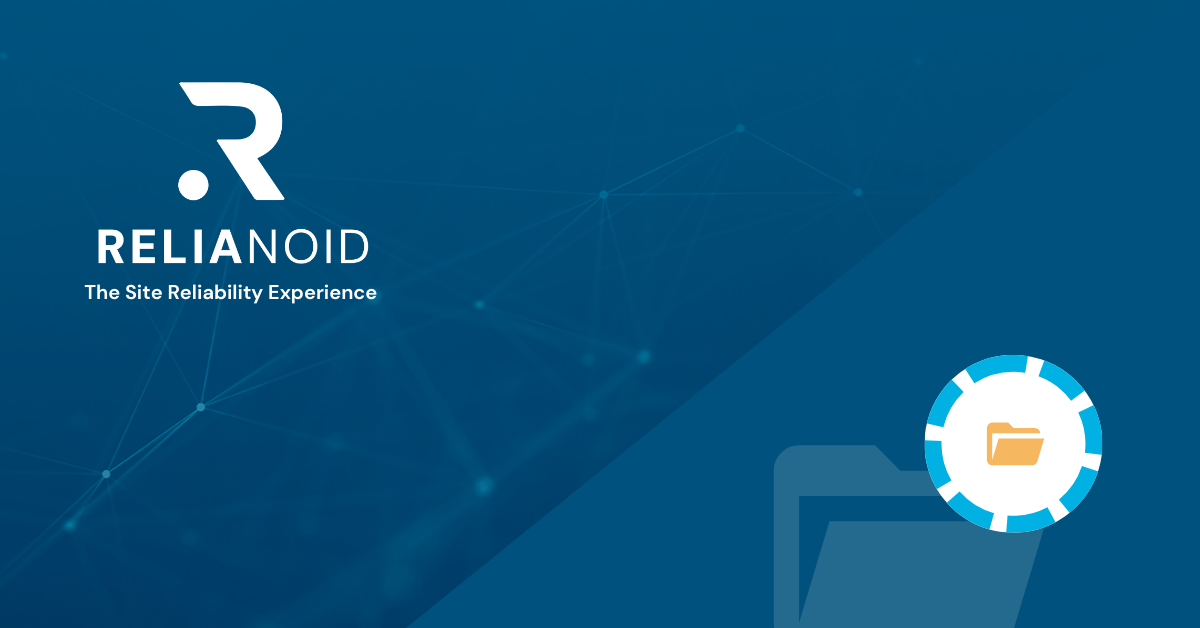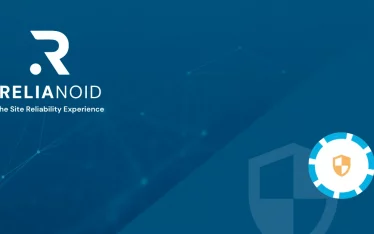The rapid growth of global businesses has led to an increasing demand for scalable, reliable, and high-performance IT infrastructures. Companies with a worldwide presence need to ensure their websites and applications are always accessible, no matter where their users are located. A crucial component of such infrastructures is a Global Server Load Balancer (GSLB).
What is a Global Server Load Balancer?
A Global Server Load Balancer (GSLB) is a type of load balancing solution that distributes network or application traffic across multiple servers located in different geographic regions. Unlike traditional load balancers that work within a single data center, GSLB ensures that the traffic is intelligently routed to the nearest or most available server, based on factors such as server health, geographical proximity, and load conditions.

How Does GSLB Work?
GSLB works by monitoring multiple servers located in different regions and determining the optimal server to handle each request. When a user sends a request to a website or application, the GSLB system checks the availability and performance of servers across different locations, directing the traffic to the server that can respond most efficiently. The decision-making process considers several factors:
- Geographic Proximity: GSLB routes traffic to the nearest server based on the user’s location, reducing latency and improving the user experience.
- Server Health: GSLB monitors the health of each server and directs traffic to healthy servers while avoiding those that are down or experiencing issues.
- Load Balancing: Traffic is distributed based on the server’s current load, ensuring no single server becomes overwhelmed.
- Disaster Recovery: If a data center or server becomes unavailable due to a failure, GSLB redirects traffic to alternative data centers, ensuring business continuity.
Why is GSLB Important for IT Systems?
Global businesses, especially those in e-commerce, finance, and other customer-facing industries, rely heavily on the uninterrupted availability of their websites and applications. A slow or unavailable site can result in significant revenue loss, customer dissatisfaction, and damage to the company’s reputation.
GSLB offers several advantages for IT systems, including:
- Improved User Experience: By reducing latency and directing users to the fastest server, GSLB ensures quicker response times and a more seamless experience for global customers.
- High Availability: GSLB ensures that if one server or data center fails, traffic is quickly routed to another, preventing downtime and service interruptions.
- Scalability: GSLB supports businesses as they grow globally, allowing them to scale their IT infrastructure across multiple regions and data centers with ease.
- Cost Efficiency: By balancing the load effectively, GSLB ensures that resources are used optimally, preventing the need for excessive infrastructure investment.
How RELIANOID Addresses Global Server Load Balancing
At RELIANOID, we understand the critical importance of ensuring optimal performance and availability for businesses operating across different geographies. Our Global Server Load Balancer solution is designed to offer the highest level of efficiency, scalability, and security, addressing the diverse needs of modern enterprises.
With RELIANOID’s GSLB, companies benefit from:
- Seamless Global Traffic Distribution: Our GSLB solution intelligently distributes traffic across multiple regions, ensuring minimal latency and fast response times for users worldwide.
- Real-Time Monitoring and Health Checks: RELIANOID GSLB constantly monitors server health and adjusts traffic routing in real-time to ensure high availability and minimize disruptions.
- Automatic Failover and Disaster Recovery: In the event of server or data center failure, our GSLB solution automatically reroutes traffic to healthy servers, ensuring that your services remain available even during unexpected outages.
- Customizable Traffic Rules: Businesses can define custom routing rules based on specific performance or security criteria, ensuring that traffic is routed according to their unique needs.
Real-World Use Cases
Several industries benefit from using GSLB, including:
- E-Commerce: Global e-commerce platforms can improve website performance by ensuring quick response times for users around the world, especially during high traffic periods like sales events.
- Financial Services: Financial institutions rely on GSLB for uninterrupted access to mission-critical applications, especially for online banking or trading platforms.
- Media and Entertainment: GSLB ensures that users enjoy smooth streaming experiences, regardless of their geographical location, even during peak usage times.
Conclusion
In today’s interconnected world, ensuring the availability and performance of IT systems is more important than ever. A Global Server Load Balancer is an essential tool for any business that serves a global customer base. It provides optimized performance, high availability, and disaster recovery capabilities, ensuring that users can access services without interruption. RELIANOID’s GSLB solution is tailored to meet the needs of modern enterprises, helping them maintain high-quality service, no matter where their customers are.
Want to learn more about how RELIANOID’s Global Server Load Balancer can optimize your business’s infrastructure? Contact us today to get started.






